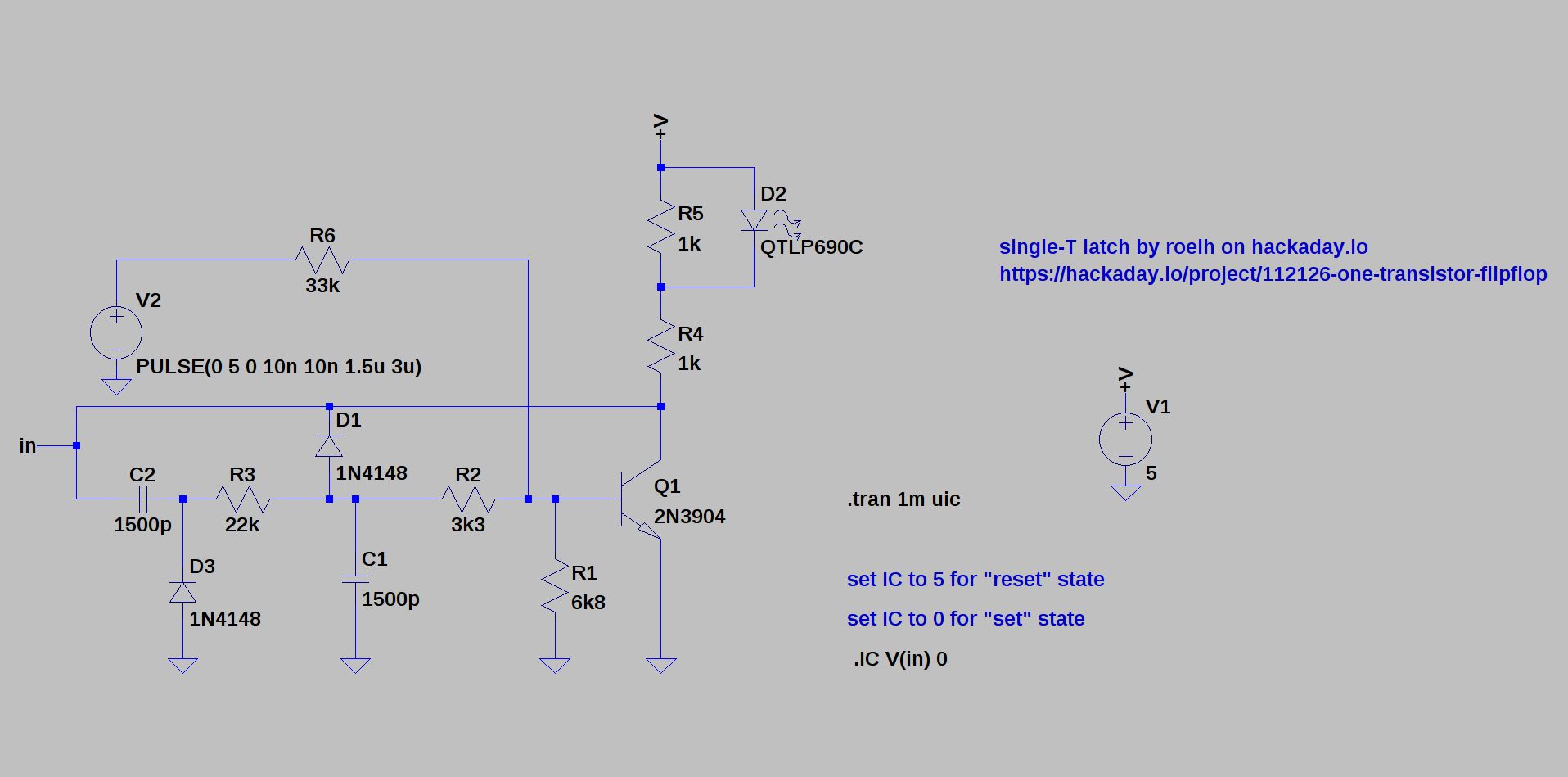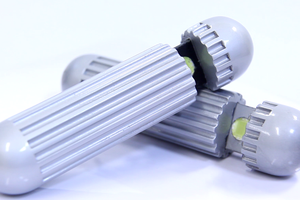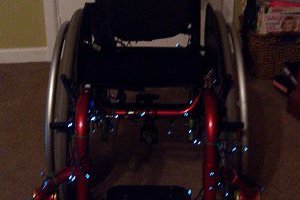I even stole the idea for this project from @jaromir.sukuba and his #Me building projects from hackaday.io. Right down to the fact that he credits others for the original idea.
The project image is stolen from https://pixabay.com/en/light-bulb-current-electric-light-2722916/. It claims to be licensed CC0, so no attribution is required, but that's not how I roll. It was created by whitesession.
 Ted Yapo
Ted Yapo



 jaromir.sukuba
jaromir.sukuba
 Applied Procrastination
Applied Procrastination

 Yann Guidon / YGDES
Yann Guidon / YGDES